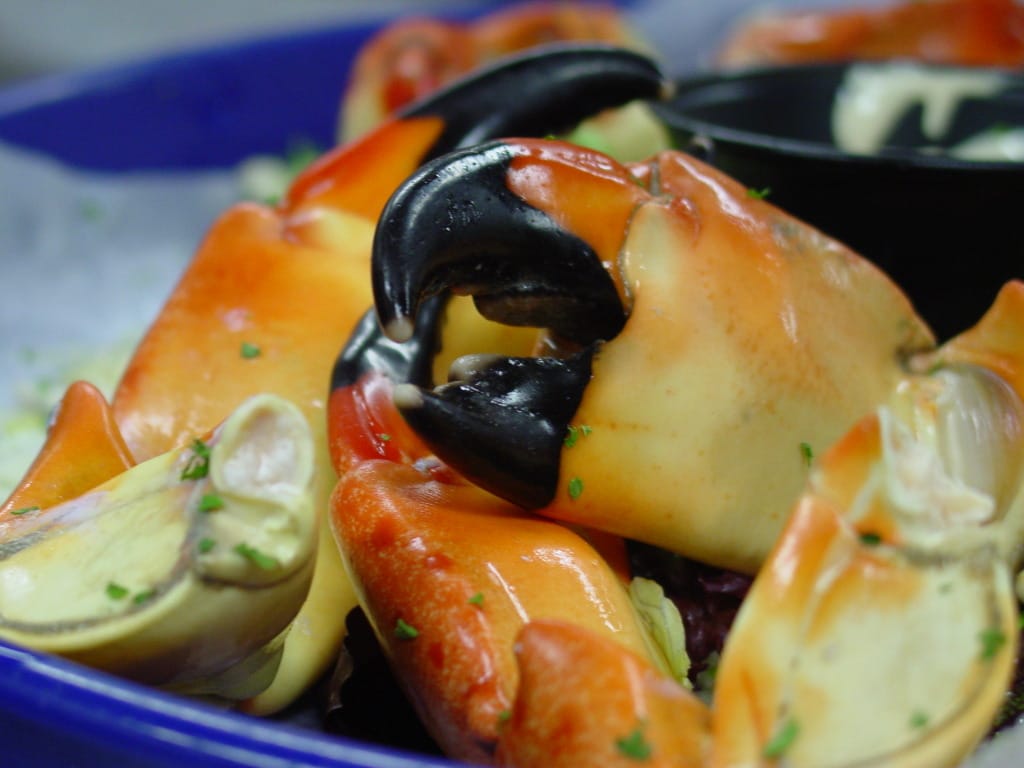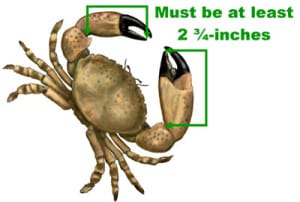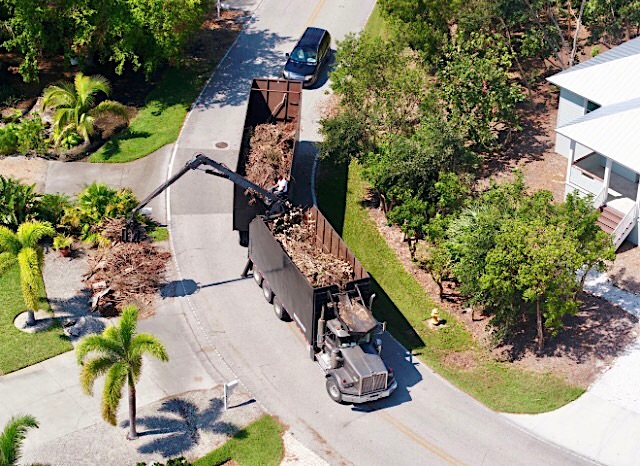Florida Stone Crab Season Opens October 15!
It is stone crab season. Time for some good trapping and eating!
Florida Regulations
Minimum size limits: 2 3/4-inch claw.
Daily bag limit: 1 gallon of claws per person or 2 gallons per vessel, whichever is less.
Gear Requirements
Legal Gear: stone crab trap (max. 5 per person), dip or landing net
Illegal Gear: Any device that can puncture, crush or injure the crab body, such as spears, grains, grabs, hooks or similar devices.
Trapping Specifications
Maximum trap size is 24 inches by 24 inches by 24 inches or a volume of 8 cubic feet
Traps can be made from either wood, wire or plastic
The throat or entrance must be 5 ½ inches by 3 ½ inches
If the throat or entrance is round, it cannot exceed 5 inches in diameter
The trap must have a degradable panel that is 5 ½ inches by 3 ½ inches and is made of cypress or untreated pine slat no thicker than ¾ of an inch
Harvester name and address must be permanently affixed and legible
The buoy must be no smaller than 6 inches and must be marked with a legible “R” that is at least 2 inches tall.
Buoys are not required if trap is fished from a dock.
Trapping Regulations
Traps must be pulled manually (not by a trap-puller). Any vessel that is rigged with a trap-puller will be considered a commercial vessel and the appropriate licenses will be required.
Traps must be pulled only during daylight hours.
Traps must not be placed in navigational channels of the Intracoastal waterways, or in navigational channels maintained and marked by any county, municipal, state or federal governmental agency.
Can Both Claws Be Harvested? Yes, But This Is Not Recommended
It is currently lawful to harvest both of a stone crab’s claws, but this practice leaves the stone crab with few alternatives to defend itself from predators.
Although the crab can still obtain minimal amounts of food with no claws, having one claw (if the other one is harvested) will enable the crab to obtain greater amounts of food in a shorter amount of time. Stone crabs (like other crustaceans) have the ability to grow back their claws, but this process requires a large amount of energy in the form of food.
The quicker the crab can obtain the energy required to molt and grow its lost claw, the sooner this renewable delicacy will have another claw to replace the missing one.
For more information, please see FWC Stone Crabs.













